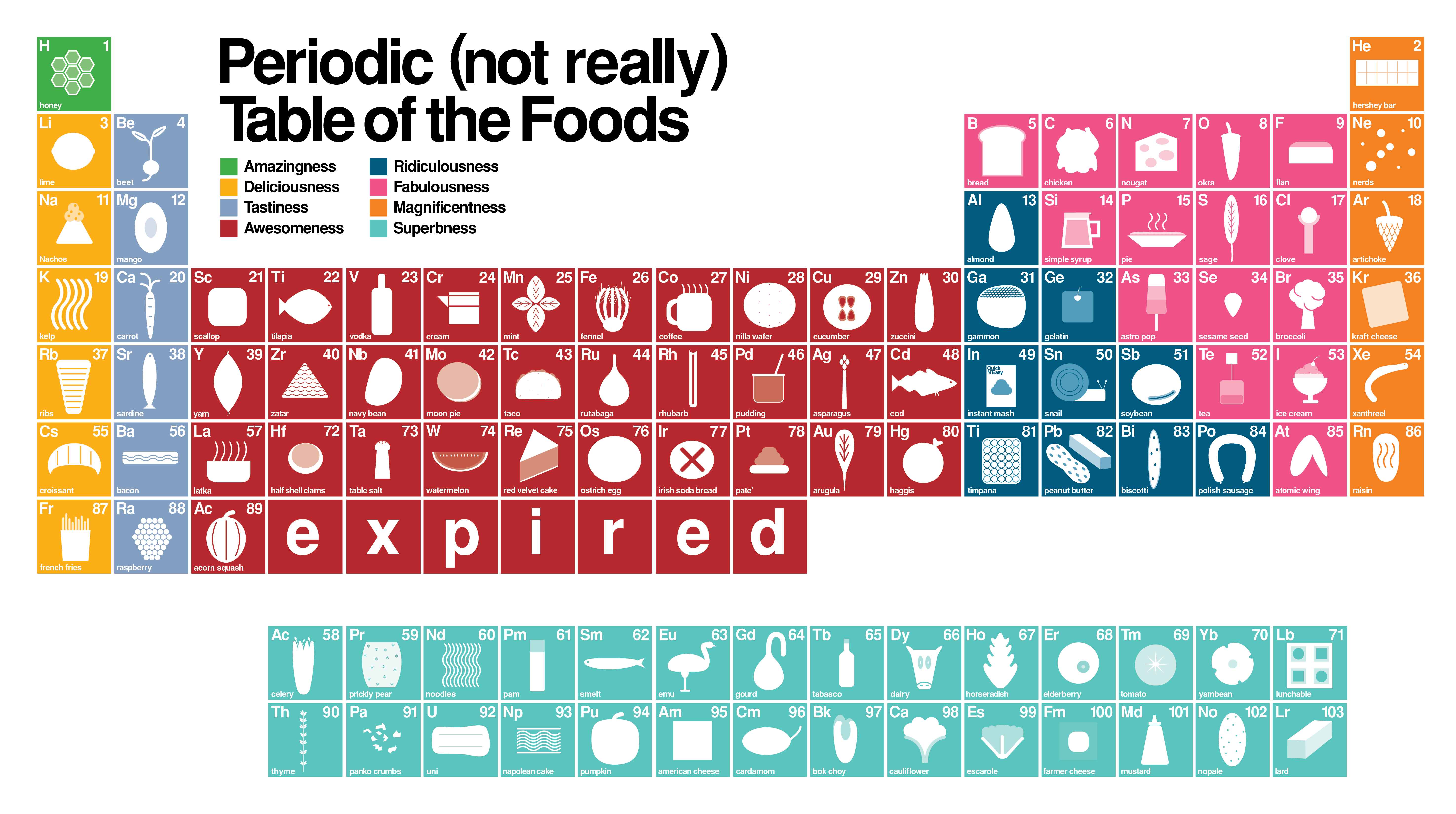
Tracking your food intake is an important part of a weight loss plan. It’s impossible to watch what you’re eating if you aren’t aware of what you’re actually putting into your body. While food labels provide a wealth of important information, decoding what these figures really mean can be tricky. Use the tips below to help unlock the mysteries of your food labels.
1. Serving Size – Often appearing at the top of the label, the serving size is one of the most important pieces of information. It provides the most fundamental keys to unlocking the secret of your food’s nutritional value. This figure lets you know what how much of a particular food all of the other nutritional facts are based upon. This information may be provided in weight (ounces, grams), volume (fluid ounces, cups, liters), number of pieces or any combination of the three. Measuring out food by these guidelines ensures your food tracking is accurate.
2. Servings Per Container – The number of servings per container provides another valuable piece of information. Many people look at an “individual” bottle of juice as a serving. It’s an “individual” bottle of juice, you are an individual, that bottle should serve you…right? Unfortunately, that’s not always the case. Many food items are labeled for individual use but actually contain multiple servings.
3. Calories – Calories represent the amount of energy a food contains. This number also represents the number of calories you will need to burn in order to maintain or lose weight. It’s important to realize that the number of servings per container has a direct relationship on the amount of calories. If a bag of chips contains 2 servings and you eat the entire bag, your caloric intake is double what is listed on the label.
4. Calories from Fat – This helpful bit of information indicates how many of the serving’s calories are attributed to fat. While healthy fats are an important part of a balanced diet, most fats are unhealthy and have empty calories. Chances are, if more than 30 percent of a food’s calories come from fat you can make a healthier, more filling choice without the excess calories.
5. % Daily Value – Who said there would be math? The % of daily value is shown on food labels for nutrients including fats, sodium, carbohydrates, proteins and multiple vitamins. The FDA (Food and Drug Administration) created guidelines for a balanced diet. For example, the guidelines state that a person should have 65 grams of fat per day. The % daily value lets you know what percentage of this guideline a specific food has. If a label indicates 18% for total fat, it means that one serving of that food contains 18% of fat grams a person should have for the day. Eat two servings and that percentage doubles to 36%.
6. Total Fat – Typically provided in grams, total fat indicates the amount of fat contained in each serving of food. Diets low in fat have been proven to be successful for losing weight and improving a person’s overall health. Diets high in fat can result in a number of health issues including heart disease, obesity and cancer.
7. Sodium – Sodium is used in a number of processed and prepared foods and to enhance flavors in low fat foods. Large amounts of sodium can cause a number of unwanted effects including bloating and high blood pressure. Choosing a food with more fat may actually be healthier than consuming large amounts of sodium. Diet soda is the perfect example of this issue. Although diet options often contain no calories, they often have large amounts of sodium which can create other issues.
8. Fiber – Dietary fiber offers a number of health benefits. Foods that are high in fiber tend to be healthier and offer a number of health benefits. Widely known for its ability to ward off constipation and irregularity, fiber can also decrease a person’s risk for some cancers, heart disease and diabetes. Unlike the % Daily Value for fat and sodium, surpassing the value for fiber is a good thing.
9. Compare Labels – When shopping, compare labels. The amount of calories, servings, sodium, fat and fiber can vary greatly between brands. You may find that your favorite food is significantly less healthy than another option.
10. Read the Ingredient List – The ingredient list provides a wealth of information beyond the number of calories and fat a food contains. Listed by predominance, often, the first few ingredients listed make up the vast majority of a food. For the most nutritious options look for grains that include the word “whole” and limit foods that have added sugar. Also, if an ingredient list contains a lot of words that you’d need a chemistry degree to pronounce, consider a more natural option.
This article was written by Bek Clerk, a recent contributor to the Health Boosters.
Bek Clerk is a freelance writer, blogger and social media enthusiast. When she’s not at her laptop she can be found working in her garden and spending time with her husband and two year old daughter.


